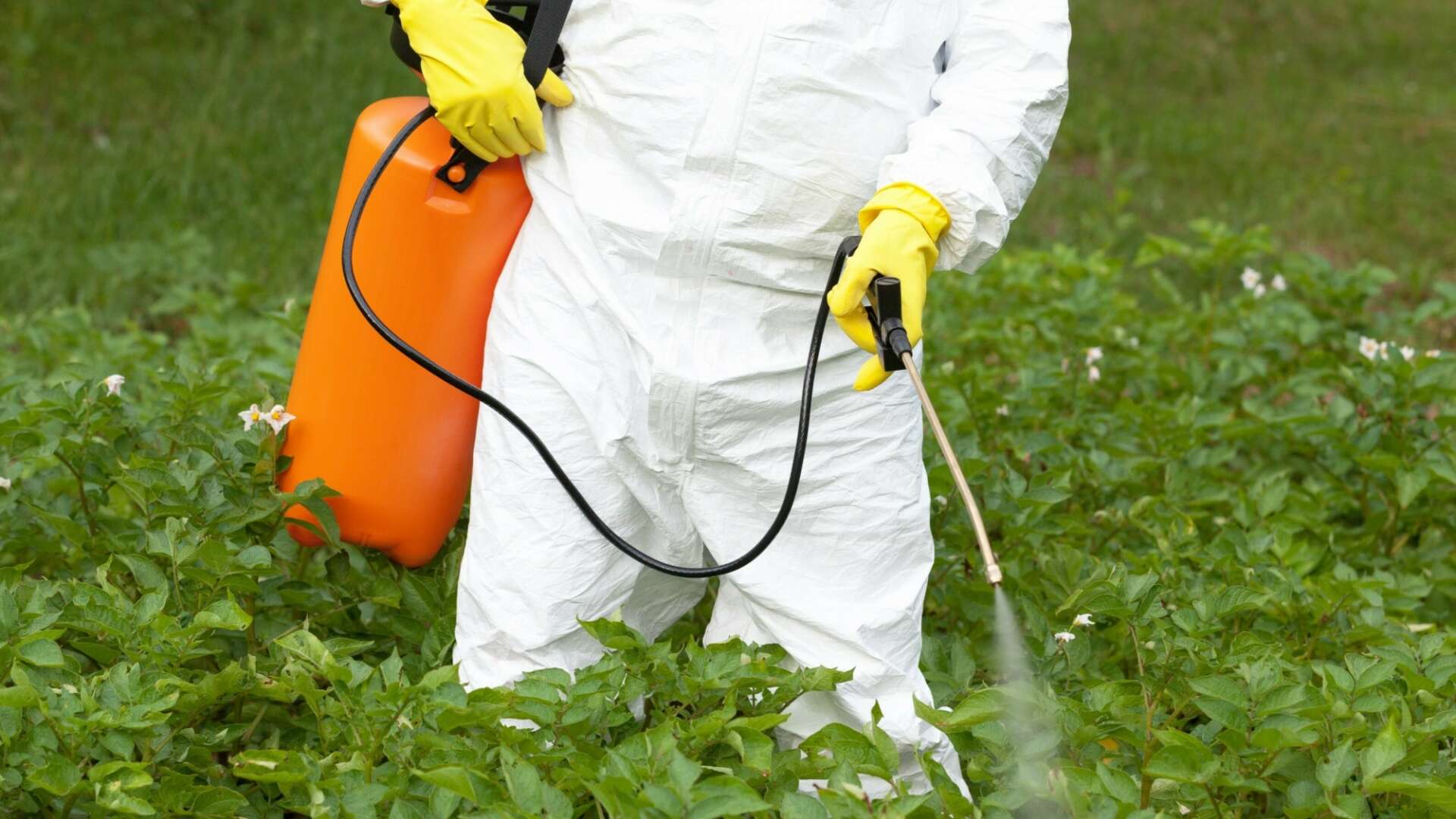Glyphosate - did the EU regulators fraudulently claim it is safe?

Dr Peter Clausing, an industry toxicologist who now works for PAN (Pesticide Action Network) Germany, says the German Federal Institute for Risk Assessment (BfR) and the European Food Safety Authority (EFSA) have twisted scientific facts to give glyphosate a clean bill of health. He claims that there is “ample evidence” that “European authorities twisted or ignored scientific facts and distorted the truth to enable the conclusion that glyphosate is not to be considered a carcinogen."
Clausing pointed out that the males of all five mouse carcinogenicity studies considered by these authorities, showed a statistically significant increase in the incidence of one or several tumour types. Three of the five mouse studies exhibited a significant increase in one specific type of cancer, malignant lymphoma. This finding alone exceeds the criterion for the classification of glyphosate as a 1B carcinogen (substances presumed to have carcinogenic potential for humans, largely based on animal evidence) under European legislation. However, the EFSA claimed, “No evidence of carcinogenicity was observed in rats and mice”.
To understand this perplexing anomaly, we need to understand the industry guidelines for testing chemicals and assessing cancer results in animal studies. The guidelines recommend the use of two methods of statistical analysis: trend tests and pair-wise comparisons. Trend tests are recognised as the “more powerful” method. However, the guidelines clearly state, “Significance in either kind of test is sufficient to reject the hypothesis that chance accounts for the result.”
Clausing showed that the BrF (who advise the EFSA) abused these guidelines in two ways: 1. It attempted to play off one statistical method against another, dismissing the significant cancer increase revealed by one method on the grounds that the other method did not show a significant increase. Even though a significant finding from either method is enough to rule out chance as the cause. 2. The BfR chose to believe the results of the weaker method, which did not find a significant cancer increase.
It was the IARC (International Agency for Research on Cancer) who first raised the probability of glyphosate as a carcinogen. Why the difference of opinion between IARC and the German authorities? Unlike the German authorities, IARC applied the superior statistical analysis – the trend test. Also unlike the German authorities, IARC did not violate the guidelines by claiming that a second type of statistical analysis cancelled out the findings of the first.
The IARC experts also saw a lifetime study in mice, which showed significant increases in kidney tumours, and in another, increases in blood vessel cancer. They also noted increases in malignant lymphoma in glyphosate-treated animals in a further three studies in mice.
However, these three studies were not included in the final evaluation and classification of glyphosate because they were industry studies, and details were kept secret from public access. The IARC experts did not have access to the full dataset. It is a fundamental principle of IARC to confine its evaluations to evidence that is in the public domain and where it has access to the full dataset.
For a full version of this story, and references, see GM Watch For further information on glyphosate see The Glyphosate Debate.